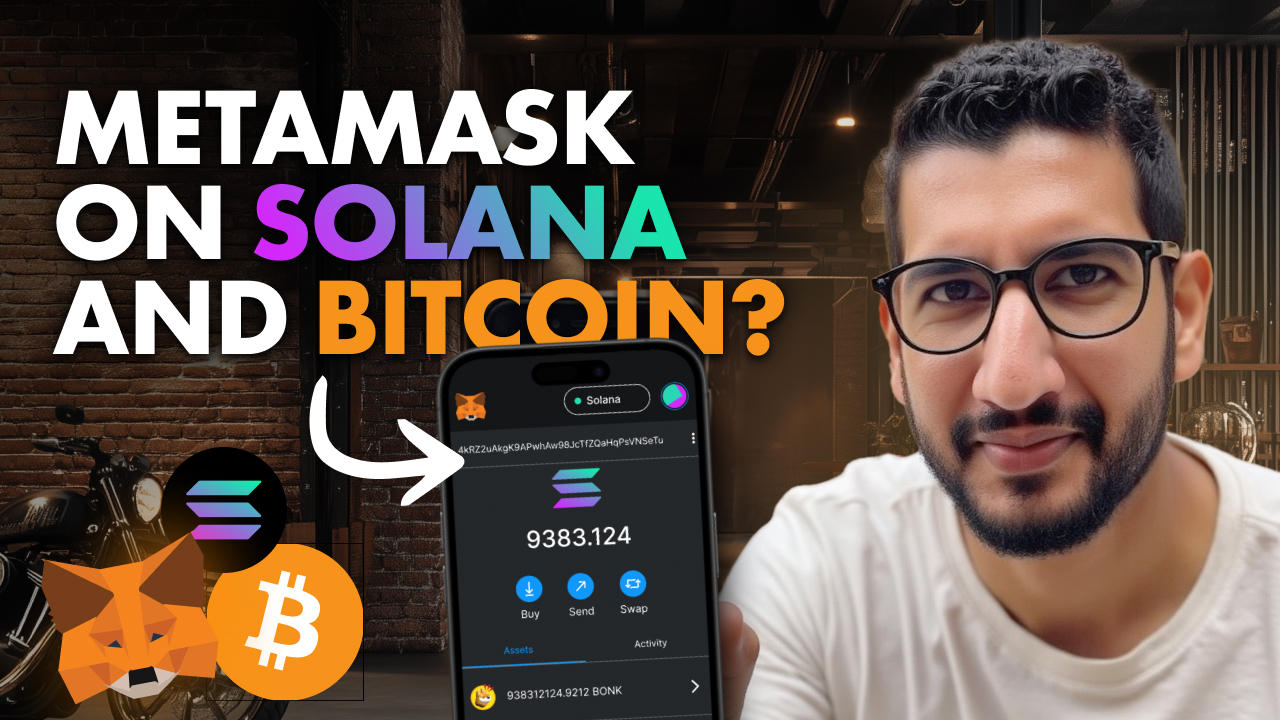Taha Abbasi explores the revolutionary potential of omnichain liquidity and how it is poised to reshape the DeFi ecosystem.
Breaking Barriers: The Need for Omnichain Liquidity
Imagine being able to use MetaMask to purchase tokens on Solana, Runes from the BTC ecosystem, or assets across multiple chains—all while staying on your preferred blockchain. Liquidity fragmentation has long been a challenge in DeFi, creating inefficiencies for both traders and projects. However, a breakthrough solution is emerging: Omni Swaps.
Omnichain liquidity aims to eliminate the need for projects to establish separate liquidity pools on multiple chains, which is often cost-prohibitive. Instead, it enables cross-chain asset swaps without requiring additional capital, making DeFi more accessible and efficient.
Why Expanding Liquidity is So Expensive
Projects launching on Ethereum often face challenges when expanding to new chains like Arbitrum or Base. Maintaining liquidity across multiple chains typically requires significant capital—often millions of dollars—to ensure stable trading conditions. Many projects are forced to either limit their expansion or split liquidity, leading to poor trading experiences with high slippage and price impact.
The User Experience Problem
Liquidity fragmentation doesn’t just hurt projects—it directly impacts users. Traders often find themselves having to bridge assets across chains to access liquidity, increasing costs and complexity. Wrapped tokens issued by bridges frequently suffer from poor liquidity and, in some cases, become ghost assets that are difficult to redeem.
A seamless trading experience is essential for Web3 adoption, and omnichain liquidity is designed to eliminate these inefficiencies.
Omnichain Liquidity: The Game-Changer
Omnichain liquidity solutions like Omni Swaps allow users to trade assets across chains using familiar wallets like MetaMask. This eliminates the need to manually move funds between chains and ensures access to the deepest liquidity pools, offering better rates and lower slippage.
For projects, this is revolutionary. Instead of setting up costly liquidity pools on every chain, a single liquidity pool can serve multiple networks, drastically reducing costs and unlocking new opportunities for growth.
How It Works
There are three core components enabling omnichain liquidity:
- Token Interfaces – Similar to how Circle manages USDC supply across multiple chains, omnichain liquidity ensures native asset availability without relying on wrapped tokens.
- Multi-Chain DEX Aggregators – Platforms like Wormhole, SeaBridge, and Celer integrate omnichain technology to facilitate cross-chain swaps.
- Omnichain Pool Technology – This settlement layer ensures that trades are executed natively, without synthetic or mirrored tokens.
The Future of Cross-Chain Trading
With omnichain liquidity, projects no longer need millions in extra capital to expand. Users benefit from a frictionless trading experience, and liquidity is no longer restricted to individual chains. As platforms like LayerZero, Axelar, and Wormhole continue to refine this technology, the DeFi ecosystem is set for a major transformation.
This is just the beginning. Stay ahead of the curve by following Taha Abbasi’s insights on YouTube and X for the latest updates on omnichain liquidity and the future of DeFi.
Stay updated with Taha Abbasi’s latest insights by following his YouTube channel and X profile.
